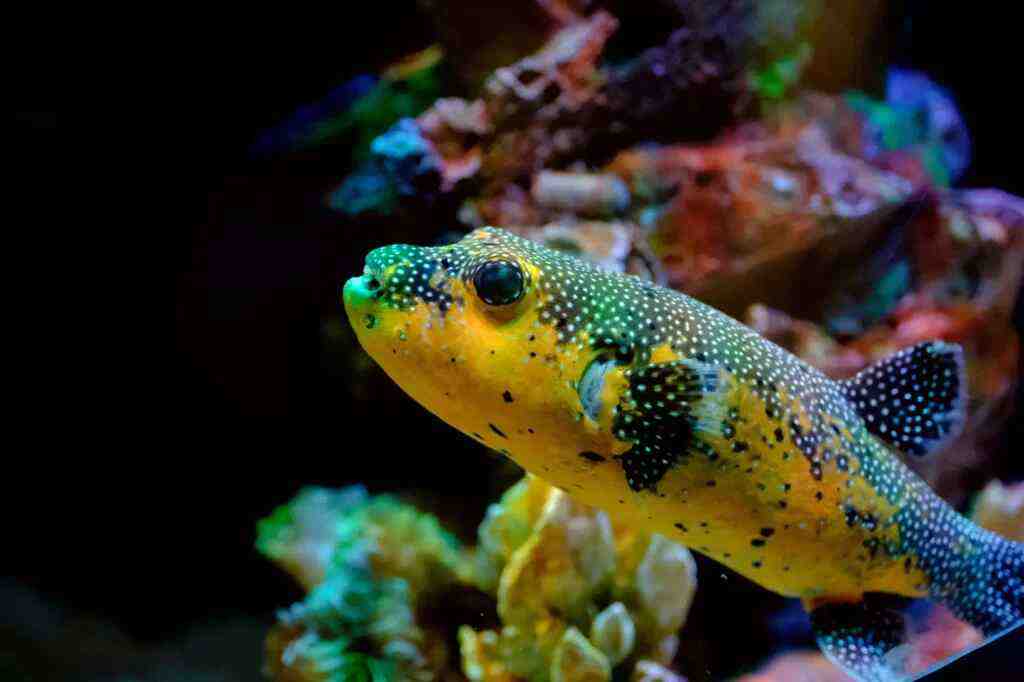Sustainable Fishing Practices: Preserving Our Aquatic Treasures
In the tapestry of life, our oceans teem with a symphony of marine creatures, providing sustenance and livelihoods to communities across the globe. Yet, the relentless pursuit of fishing has pushed many species to the brink of collapse, threatening the delicate balance of our aquatic ecosystems. As responsible stewards of our planet, it is imperative that we embrace sustainable fishing practices to safeguard these vital resources for generations to come.
The Imperative of Sustainable Fishing
The consequences of overfishing are dire and far-reaching. When fish populations dwindle, entire ecosystems suffer. Food chains are disrupted, biodiversity plummets, and coastal communities bear the brunt of economic hardship. Moreover, overfishing exacerbates climate change by diminishing the ocean’s capacity to absorb carbon dioxide.
The urgency of adopting sustainable fishing practices cannot be overstated. By implementing responsible fishing methods, we can ensure the long-term viability of fish stocks, protect marine habitats, and sustain the livelihoods of millions of people who depend on fishing for their survival.
Practices for Sustainable Fishing
The path to sustainable fishing encompasses a multitude of approaches, each contributing to the preservation of our marine ecosystems. Let’s delve into some key practices:
1. Selectivity in Fishing Gear
The choice of fishing gear plays a pivotal role in minimizing bycatch, the unintended capture of non-target species. By employing selective fishing gear, such as hooks and lines, fishers can target specific species while reducing the incidental capture of endangered or vulnerable marine life.
2. Establishing Marine Protected Areas
Marine protected areas (MPAs) serve as sanctuaries for marine life, providing safe havens for fish to reproduce and populations to replenish. By restricting fishing activities within these designated areas, MPAs contribute to the overall health and resilience of marine ecosystems.
3. Implementing Catch Limits and Quotas
Setting catch limits and quotas is essential for preventing overfishing. By regulating the amount of fish that can be harvested, these measures help maintain sustainable fish populations and prevent the depletion of stocks.
4. Employing Responsible Aquaculture
Aquaculture, the farming of fish and other aquatic organisms, can play a role in meeting the growing demand for seafood. However, it is crucial to adopt responsible aquaculture practices that minimize environmental impacts, such as pollution and habitat destruction.
Consumer Choices for Sustainability
As consumers, we have the power to drive change through our purchasing decisions. By opting for sustainably sourced seafood, we send a clear message to the fishing industry that we demand responsible practices. Look for eco-labels, such as the Marine Stewardship Council (MSC) or the Aquaculture Stewardship Council (ASC), to guide your choices.
A Collective Responsibility
The onus of sustainable fishing does not rest solely on the shoulders of fishers and policymakers. We, as individuals, have a collective responsibility to protect our oceans. By making informed choices, reducing our seafood consumption, and advocating for sustainable fishing practices, we can collectively create a future where our aquatic ecosystems thrive.
Conclusion: A Call to Action
The time for action is now. Let us embrace sustainable fishing practices, protect our oceans, and ensure a bountiful future for generations to come. Together, we can create a world where the bounty of the seas is enjoyed sustainably, preserving the delicate balance of life beneath the waves.
“The ocean stirs the heart, inspires the imagination and brings eternal joy to the soul.” – Robert Wyland
